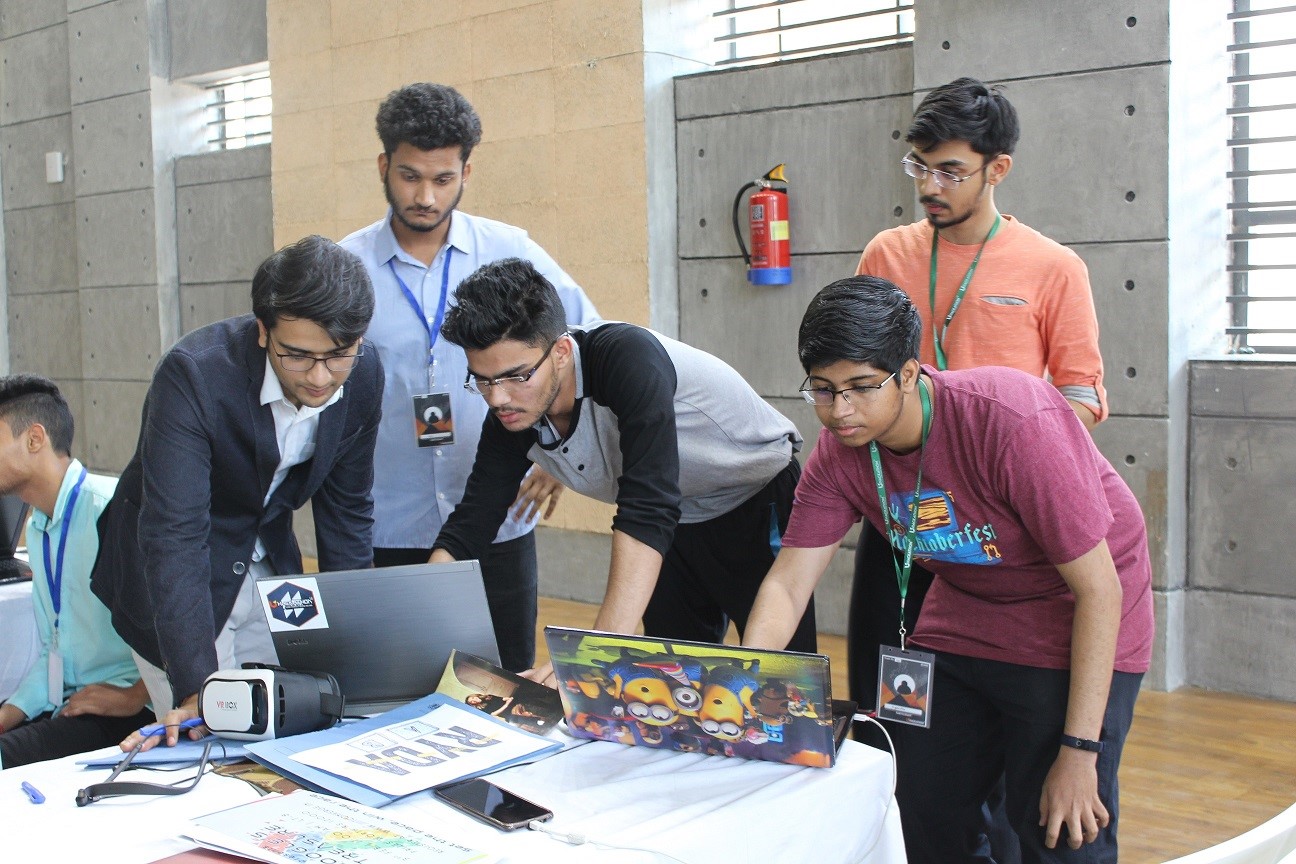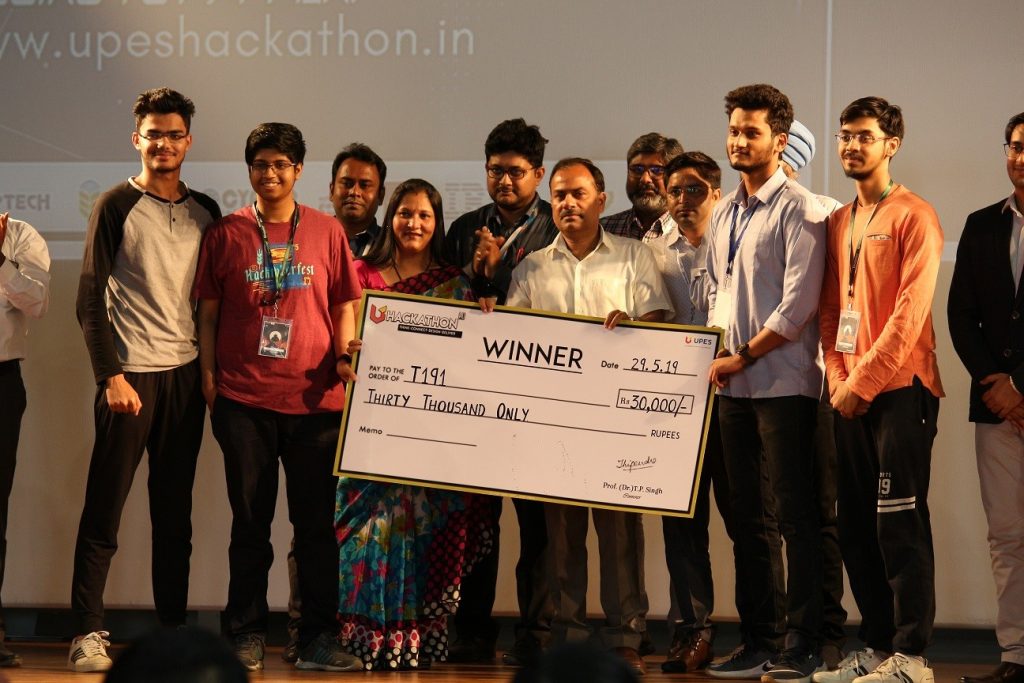Why Hackathons must be on every student’s to-do list

Hackathons create a uniquely productive and challenging atmosphere, enabling students to turn their best ideas into reality. Students have to remain focussed and make the most of their time while playing to the strengths and abilities of their team
Hackathon is a portmanteau of two words: Hack and Marathon. The word ‘hack’ gives it the ‘computer coding,’ and the ‘marathon’ brings in the ‘limited time, difficult task’ angle. So, hackathons are essentially limited time, collaborative computer coding challenges. They are fun, fruitful, and a cradle of innovation and new start-ups.
Hackathons happen at various stages: From high-level involving advanced technologies like the Internet of Things (IoT) or Artificial Intelligence (AI) to regular college hackathons. Though a common thread running through all the hackathons is the monetary prize involved at the end. Besides the money, they also attract talented newbies, who are ready to join a corporate or start freelancing. And corporates’ officials are always on the lookout for new talent here. All in all, hackathons are a must and should be on the to-do list of every college student, regardless of stream and year.
These hackathons generally consist of seven stages. Before you decide to conquer them, you must know how to go about each, for time is a scarce resource and must be judiciously used. Each stage mentioned below teaches you an important lesson that you can use in your everyday personal and professional lives as well.
- Ideate: This is where you and your teammates decide and lock on to your product/service’s core concept and chalk out a possible blueprint with use cases.
Lesson learnt: You learn to find out problems people face and how it can be solved. This process makes empathy your first friend.
- Collaborate: Here, you allocate resources and parts of the development process among your team members. Business mavericks get to work on the use cases and pitch, while the coder starts looking at the language and database feasibility.
Lesson learnt: You learn to accept your team members’ skills and weaknesses and do the best with what you have. Teamwork, anyone?
- Design: Your product or service starts to take shape here – from how it will look to what would be the core interactive elements.
Lesson learnt: You have heard the adage ‘looks matter’. Here you realize why and how people are attracted to a good design.
- Rapid Prototype: This is where you build a working model of your product and put the use cases created in the first two stages to use. You get an idea of how much work is needed and the scope of improvement in the product.
Lesson learnt: You learn how different and difficult it is to bring thoughts to reality and the value of focus, especially when a team is involved.
- Test: This is the first part of the moment of truth. Intensive testing is crucial for a failsafe product, and this is where you grill your invention. From the most unexpected use cases to the silliest input, the process involves all the work that goes into testing the feasibility, usability, and ease of using your product or service.
Lesson learnt: You have to face the reality and make peace with it. Just because things did not work the first time does not mean they won’t ever and vice versa. This is a test of faith and confidence – both for you and your team.
- Iterate: Your learnings from the Test stage are implemented here. This is also where the clear demarcation of resources done earlier in the Collaborate stage helps you and the team save time and focus on the different moving parts to make them better.
Lesson learnt: Unless it is perfect, you don’t give up. And perfection may not be everyone’s cup of tea, but the common goal remains the same as a team. Hence, here you learn how to manage difficult situations and people and get them going to achieve the common goal.)
- Pitch: This is the moment of truth, part two. Investors, venture capitalists, professors, faculty, batch mates, and everyone in the contest are looking at you. And all you have are 5 minutes (mostly) to sell your product. Remember the business-minded member of your team who was mostly absent from the coding and programming? Well, this is where they come and show their magic. However, without a clear understanding of the product or service, they will not be able to sell it smoothly. Hence, involving them in all the stages is the lesson most teams learn, albeit very late.
Lesson learnt: Life is about the journey and not the destination. It is about the effort and not the result. It is about getting up again and going to the ring to win the next round. The last stage is where you learn that defeat is not permanent, and success comes when we least expect it.
(Tip: Consider every hackathon as a soccer match. Unless every fullback, midfielder, winger, and keeper know their roles, it will be a circus and not a coherent, synchronized winning game. Hackathons are essentially this: A team that works in sync to build something that they can sell and take home the prize.)

UHackathon 2.0, held on February 28 and 29, 2020, saw three winners with ingenious ideas ready to transform the world
The University of Petroleum and Energy Studies (UPES) has always promoted the culture of hackathons on its campus and beyond. Two of its recently held hackathons saw participation from across the nation. UHackathon 2.0, held on February 28 and 29, 2020, saw three winners with ingenious ideas ready to transform the world. From a 3D model that created an extended version of a virtual reality scene to a ‘Smart Helmet’, the winning teams showed the perks of working as a team and conquering the seven stages mentioned earlier. A similar display of intelligence, innovation, and teamwork was seen at the Sahayak Virtual Hackathon 1.0, held on June 25 and 26, 2020. The event aimed at aiding ‘Divyangjan’, the differently-abled people, by devising solutions, building prototypes, and developing applications using the latest technology in the game such as AI, IoT, Biometrics, Cybersecurity, and Robotics. The winners had received cash prizes and round-trip tickets to Singapore.
Hackathons give you a near-real feel of working in a corporate, under deadlines with people from different mindsets, ambitions, and skillsets. It is as essential as an internship because the corporate world admires those who are prepared to punch above their weight and win. And what better ring than a 24-hour Hackathon!



